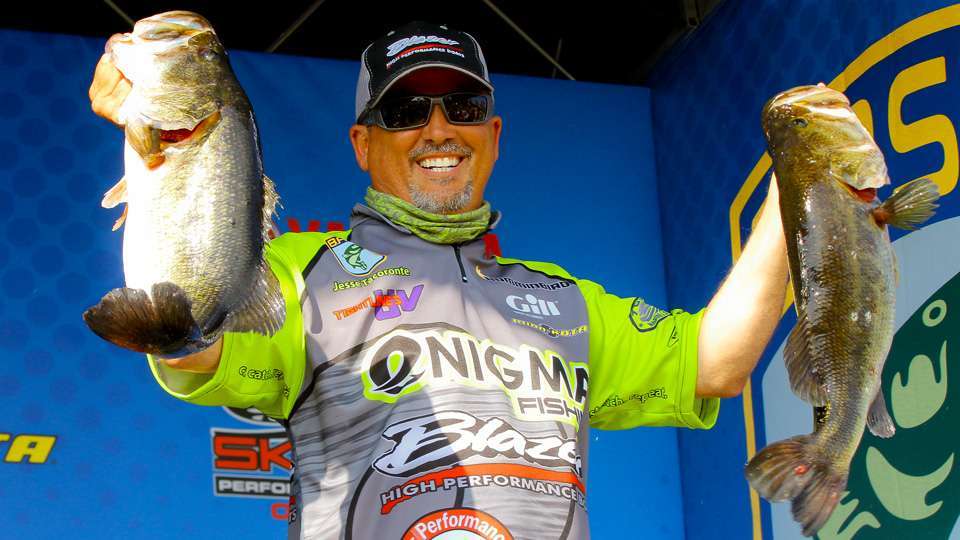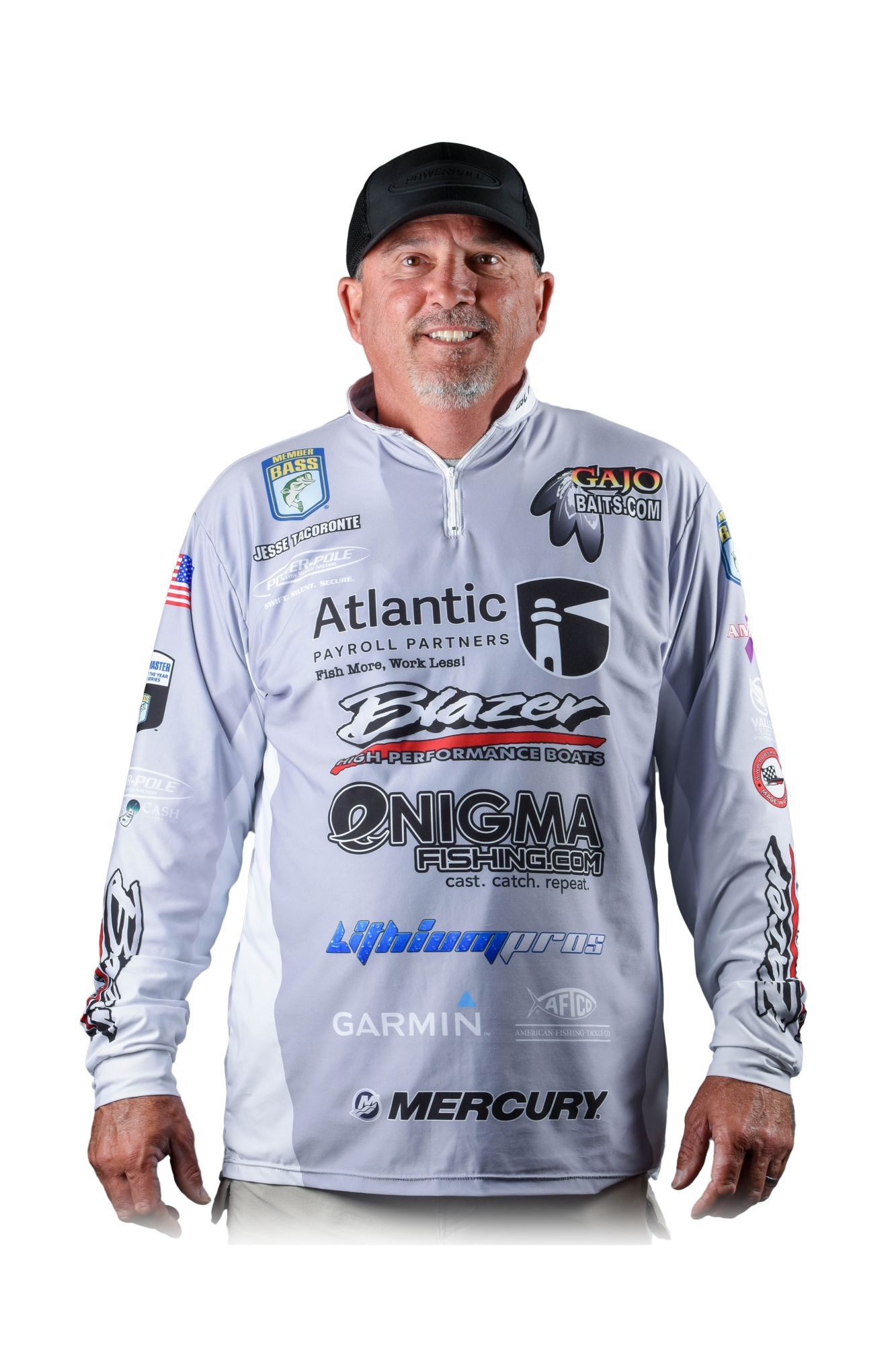
The day after celebrating a wonderful Christmas with my family, I launched at the St. Johns River to do a bit of scouting for next month’s stop of the Bassmaster Elite Series. And I didn’t have to go far to catch bass that promised big things when the world’s top anglers gather at the Florida river system.
I caught a 5-pounder within minutes, followed by a solid 4-pounder and a 7-pounder. All in a short stretch.
So it’s clear the St. Johns River is primed for the tournament. But what will happen in February?
That’s obviously the $100,000 question — one I hope to answer.
Being a Florida venue during the early spring, sight fishing is definitely on the table. If we get a warm spell, it’ll be Katy bar the door for those anglers who specialize in catching bedding fish.
However, there are some wild cards with which we’ll have to contend.
First, it’s a bet the weather will play a huge part in the game. Again, a warm spell means fish will move up and lock on beds.
But going a week without a cold front pushing through in February is unlikely. So we’ll have to ensure we have backup plans.
Personally, I’ll have some key deep areas identified. In fact, that’s what I did on that post-Christmas trip: Find shell bottoms near the river channel that provide fish a lot of latitude in where they can position. So if a front moves through and shuts down the bed fishing, I can pull away from the banks and stay on the bass.
Even if fish are spawning, conditions have changed drastically since the 2016 Elite Series event won by Bassmaster legend Rick Clunn. Most of the field concentrated on Lake George and plucked fish from beds, but last year’s Hurricane Matthew chewed up this area of the state. The eel grass that carpeted Lake George is largely missing now.
Bass haven’t disappeared from Lake George, of course, but anglers will have to figure out where they will move to set up shop.
Another curve ball is the opening of Rodman Reservoir (also known as Lake Ocklawaha) to the field. That portion of the St. Johns system hasn’t been open for Elite Series events since Peter T won in the early 1990s.
Locals hate fishing Rodman because it’s just full of timber, making it a pain to get around. However, those waters hold huge bass. The reservoir produced an 11-pounder in December, with 8- and 9-pound catches being regular occurrences.
Anyone looking to take advantage of that potential, however, will face the additional challenge of navigating the lock, which closes at 2 p.m. It takes 25 to 30 minutes to get through the structure, so that has to be considered when planning a day in the reservoir.
Tide always plays a roll in the St. Johns system. Winds can either accentuate or minimize water movement. If the wind blows against the tidal flow, it could slow water movement to a crawl and shut down fishing.
Jim Bitter taught me a little trick to overcome this challenge when I moved to Florida in the early 1990s. The old veteran angler showed me how I could find bends in the river where the current direction and the winds matched up, producing bites in an otherwise very tough situation.
Despite all those challenges, I know the Elite Series field will figure out how to catch the big bass in the St. Johns River. I predict is will take 21 to 23 pounds a day to win. I mean, someone always finds them.
Will it be one of the die-hard sight fishing experts? Maybe, but I don’t think the winner will be someone who sits in one area and flips at bedding bass.
Instead, I think earning the victory will require a lot of scouting and a lot of moving around. That’s what Greg Hackney did back in 2016, when he placed second in the St. Johns Elite Series stop. Hackney didn’t fish one area, but he keyed on specific areas and kept moving. The tactic allowed him to build nearly 78 pounds and slide into the runner-up slot.
It’s that kind of flexible approach that will more than likely succeed here. It’s certainly what I’ll be replicating.
And with the quality of fish I caught in my late-December foray onto the St. Johns, I’m looking forward to stepping onto that stage.

